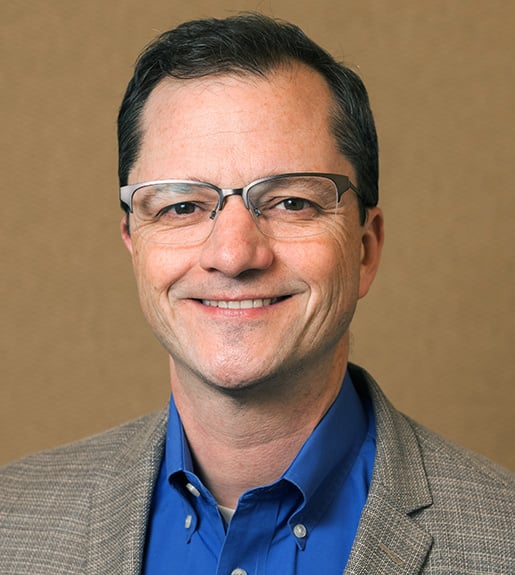Arts and Culture
Article
The Culturephiles
ad87b782-25be-455c-a7ee-8ce5eb9aff24
6 min
https://edge.sitecorecloud.io/tessiturane75c3-tessituraneee12-development-6640/media/Images/Discover-Images/Andrew-Blog/Carnegie-Hall-in-a-Subway-Car/taylor-heery-unsplash-768x465.jpg?h=465&iar=0&w=768
How a response to tragedy provides a lesson in diversity
Does your audience look like your city?
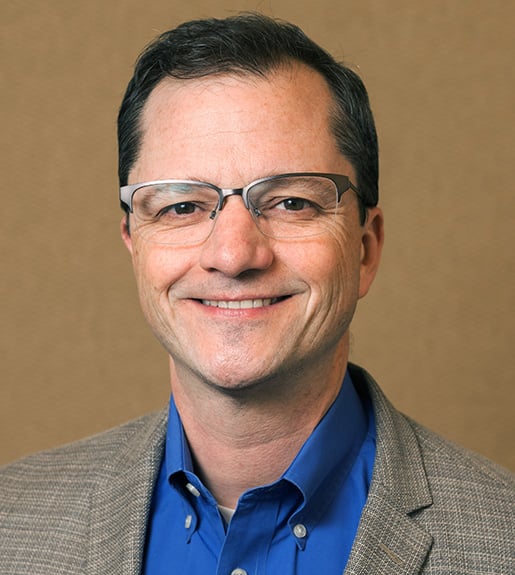
President & CEO, Tessitura
Does your audience look like your city?
9/16/2020
6 min
“Our theatres must look like our cities,”
Kwame Kwei-Armah, Artistic Director at the Young Vic Theatre in London, said to me. If they don’t, he continued, “you have work to do.”
Since the start of the pandemic, Tessitura has talked with thousands of cultural professionals about their challenges and successes. We have synthesized our learnings into Six Traits of Forward-Looking Cultural Organizations. This post is about Trait 1: Engage All Audiences.
For many organizations, work around diversity, equity, and inclusion (DEI) can feel limited to the periphery of planning. Organizations may spend weeks working through the marketing campaign planning as usual, and only later have a “meeting about DEI.” Organizations might consider strategy around fundraising goals and then slot in a DEI grant as an afterthought. What Kwame suggests — and I have come to fully believe —is that DEI efforts must be centered in the work of a cultural institution. It should be part of the first conversation about programming, marketing campaigns and fundraising goals — not an afterthought. Only when you center DEI can you live up to a mission to engage your total community.
Only when you center DEI will your organization look like your city.
In normal times, I spend much of my year traveling the world. I get to experience a lot of different culture in a lot of different cities. By and large, the audiences at the cultural organizations I visit don’t look like their cities. Our industry has known this for a long time. Our audiences are typically whiter, older, and more affluent than their surrounding community. Yes, efforts are put into audience development and community outreach. Yes, we make strides. But most of our theaters, galleries and halls still don’t look like our communities. As Kwame suggests, we still have work to do.
Carnegie Hall in a Subway Car
.jpg?h=305&w=216)
It was two weeks after 9/11 when Carnegie Hall in New York City announced “A Concert of Remembrance.” It was a free concert featuring some of the classical music world’s brightest lights coming together to mourn the terrorist attacks that had brought the city to its knees.
Tickets were only available in person at the box office, and the morning they went on sale, there was a line stretching down 57th street for blocks. The concert sold out within a few hours.
I know this because I was there.
In 2001, I worked in technology at Carnegie Hall. Like every employee, I was offered two tickets to this concert, and no more. Carnegie was very careful about eliminating all barriers to attendance for this solemn event. Unlike typical concerts, there wasn’t a huge block of tickets held aside for VIPs and donors. This was a free concert for the city and they endeavored to invite the whole city in. They endeavored to engage all audiences.
This was my eighth year working at Carnegie, and I had attended hundreds of concerts before that day. Most of the time, Carnegie audiences were largely white, older, and affluent.
And so, as I entered the hall on the night of the Concert of Remembrance, my jaw dropped. It was a sell-out crowd: 2,804 people. People of all ages. People of all races. People of all backgrounds. That night, Carnegie Hall looked like a perfect cross-section of New York City. It was as if a crowded rush hour subway train had let off all its riders on the front steps.
That night, Carnegie Hall looked like a perfect cross-section of New York City. It was as if a crowded rush hour subway train had let off all its riders on the front steps.
For that performance, Carnegie Hall looked exactly like its city. Why was that?
- You could say it was star power: it was certainly a star-filled performance. But any random Tuesday has nearly that much star power at Carnegie Hall.
- You could say it was economics: normally a ticket to a show like that would have cost hundreds of dollars. But even then, as now, Carnegie held aside very affordable tickets for their performances. This also falsely assumes a correlation between race and spending power.
- You could say it was the power of the moment: a city coming together to mourn. That was certainly true, although vigils, moments of silence and memorials were pervasive throughout all five boroughs, many of them closer to home for most New Yorkers. There were countless ways to remember.
What was different about this concert?
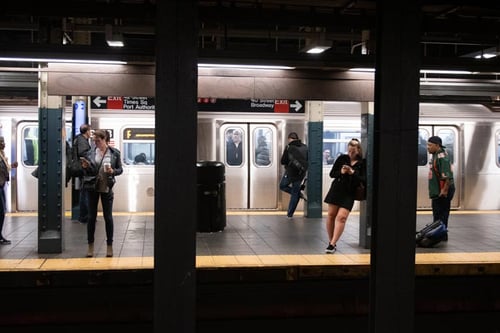
Photo by Wynand van Poortvliet on Unsplash
In my conversation with Kwame he said: “What are the pathways that are being blocked? What pathways can be put in place to encourage equity and inclusiveness?” So let’s consider some pathways of this moment in 2001:
Pathway 1
This concert was widely advertised throughout the city. Normally, at that time, Carnegie’s classical advertising would have been focused on zip codes and demographic segments known to be populated with classical music lovers. The Upper East Side of Manhattan. The wealthy Westchester County suburbs north of the city.
This would have been the tried and true “look-alike segments” marketing approach. When you market to past ticket buyers and your past ticket buyers are older, white, and affluent, guess what? The marketing segmentation of that era was a blocked pathway. When the “look-alike” pathway was unblocked for a single concert, the audience looked entirely different. (Tory Bailey, Executive Director of Theatre Development Fund has a great Tessitura Innovator talk on the dangers of look-alike arts marketing.)
Pathway 2
This concert was widely advertised to be free. Even though Carnegie has had inexpensive ticket options for decades, the commonly held perception of the Hall was that it was opulent and expensive. But for this concert, the price pathway was visibly unblocked - every ticket was free. Further, by announcing that “tickets go on sale at 11 am at the box office, limit of 2 per person,” New Yorkers saw that ticket availability was visibly democratic as well. You could invest time rather than money to see the show. The “unapproachable” pathway of Carnegie Hall was unblocked. People waited in line for hours.
Pathway 3
This concert had diverse representation on stage. Cellist Yo-Yo Ma opened the evening. Leontyne Price, the renowned Black opera singer, came out of retirement to sing “God Bless America.” It is human nature to want to see yourself reflected on stage. The people on stage looked like New York City, and so did the audience. The “this music isn’t for me” pathway was unblocked.
How Organizations Create Pathways to Engage All Audiences
Yes, the Carnegie Hall example is extreme. Yes, it was a once-in-a-life event. Still, I believe the core lessons are valid. What pathways are you inadvertently blocking right now?
- Are you searching for new audiences through look-alike targeting? Won’t that just lead to more look-alike audiences?
- How are you perceived in your community? Opulent, expensive, exclusive? Are there other perception barriers? Are there reasons for people to feel “that’s not for me”?
- How much do your artists look like your community? And beyond your stages, how much does your board, your staff, and your management look like your community?
While Tessitura is not in the business of creating culture, we are very much in the business of supporting those who connect people with culture. And just like most of our members, we have work to do too. Through time, money, will and resources, we will get there. We are putting DEI at the center of every conversation and look forward to the day that Tessitura looks like our cities - that Tessitura genuinely reflects the communities we serve.
Epilogue: Carnegie Hall Today
A lot has changed at Carnegie Hall since 2001 — including their audiences and their leadership. In this episode of the CI to Eye podcast, Carnegie Hall’s current Executive and Artistic Director Sir Clive Gillinson articulates their approach to programming and audiences today: “The question isn’t, What is best for Carnegie Hall? The right question is, How can Carnegie Hall best serve people through music?”
Among the initiatives Gillinson has brought to Carnegie Hall since he joined in 2005, is a city-wide festival called Migrations: The Making of America. This 2019 festival brought upwards of 40% brand new audience members to the Hall from around New York City over the course of 150 events. Through programming, marketing and operations, they have modeled a bold way to ensure their audience looks like their city today and in the future.
• • •
If you would like to learn more about the Six Traits and evaluate how your own organization is demonstrating them, download our strategy guide.
Top photo by Taylor Heery on Unsplash
Topics
Arts & Culture
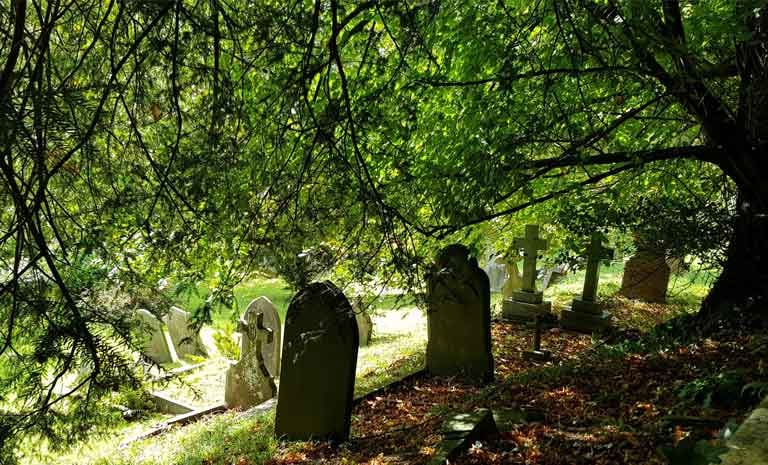
How to be a good ancestor | Andrew Recinos
Arts & Culture
How a conversation with a genealogist changed how I talk with my family
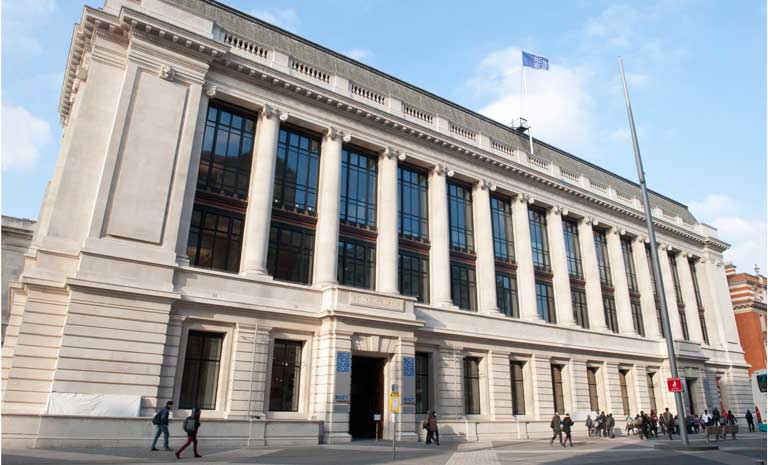
Superpowers of Observation | Andrew Recinos
Arts & Culture / Museums
How a clever museum exec looked up from the numbers and saw the story of the solution.
